The Five Days of Milan is one of the most famous episodes in the Italian Revolution. Between March 18th and the 22nd, 1848, the city of Milan rebelled against Austrian rule, freeing themselves from foreign occupation. The first few months of 1848 were a harbinger of major changes to come in many areas of the Italian peninsula. Popular protests and liberal demands pressured some sovereigns to draw up a new constitution limiting the absolute power of the monarchy. In January, Ferdinand II of Bourbon, ruler of the Kingdom of the Two Sicilies, adopted the constitution. Carlo Alberto of Savoy in the Kingdom of Sardinia followed suit in March, and later Pope Pius IX in the Papal States followed Ferdinand’s example. This ratification, however, was not acknowledged by the Italian territories controlled by the Austrian Empire. The central hub of Austrian rule in the Italian peninsula was the Lombardy – Venetian kingdom, whose capital is Milan.
The people in Milan were subjected to strict fiscal and administrative oppression, making daily life under despotic Austrian rule unbearable, while there was an air of reform throughout the rest of Italy. Aid to Milan’s cause came indirectly from Vienna.
On March 13th, the capital of the Austrian Empire diffused a violent insurgency that was threatening to overthrow the reactionary prime minister Metternich. Five days later , on March 18th , news of the riots in Vienna reached Milan, a city just waiting for the right opportunity to rebel. An anti-Austrian movement rose up quickly and revolt spread through the city, with the entire population mobilized against the enemy. The provisional government , consisting of the mayor Gabrio Casati , and the council of war which was ruled by political and federalist writer Carlo Cattaneo , co-ordinated the coup. The Austrian army , led by octogenarian General Josef Radetzky , tried to stem the revolt. Facing a massive rebellion wherein every citizen of Milan fought valiantly for his or her freedom , Radetzky tried to stall for time. He had sent aid to Vienna to quell the uprising in that city, so his forces in Milan were depleted. The insurgents rejected his pleas for a temporary armistice and Radetzky found it impossible to continue the fight. On the evening of March 22nd, Radetzky withdrew his troops from Milan’s quadrangle , an area of defense located between Verona , Legnago, Mantua and the Peschiera del Garda. Radetzky’s withdrawal of troops signaled the end of the Five Days of Milan. On the following day, March 23rd , Carlo Alberto of Savoy declared war on Austria, and thus began the First War for Italian Independence.
The people in Milan were subjected to strict fiscal and administrative oppression, making daily life under despotic Austrian rule unbearable, while there was an air of reform throughout the rest of Italy. Aid to Milan’s cause came indirectly from Vienna.
On March 13th, the capital of the Austrian Empire diffused a violent insurgency that was threatening to overthrow the reactionary prime minister Metternich. Five days later , on March 18th , news of the riots in Vienna reached Milan, a city just waiting for the right opportunity to rebel. An anti-Austrian movement rose up quickly and revolt spread through the city, with the entire population mobilized against the enemy. The provisional government , consisting of the mayor Gabrio Casati , and the council of war which was ruled by political and federalist writer Carlo Cattaneo , co-ordinated the coup. The Austrian army , led by octogenarian General Josef Radetzky , tried to stem the revolt. Facing a massive rebellion wherein every citizen of Milan fought valiantly for his or her freedom , Radetzky tried to stall for time. He had sent aid to Vienna to quell the uprising in that city, so his forces in Milan were depleted. The insurgents rejected his pleas for a temporary armistice and Radetzky found it impossible to continue the fight. On the evening of March 22nd, Radetzky withdrew his troops from Milan’s quadrangle , an area of defense located between Verona , Legnago, Mantua and the Peschiera del Garda. Radetzky’s withdrawal of troops signaled the end of the Five Days of Milan. On the following day, March 23rd , Carlo Alberto of Savoy declared war on Austria, and thus began the First War for Italian Independence.
RELATED
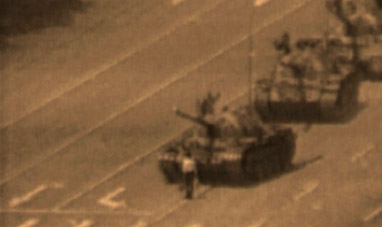

THE MARCH ON TIANANMEN
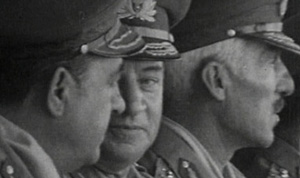

THE GREEK MILITARY COUP
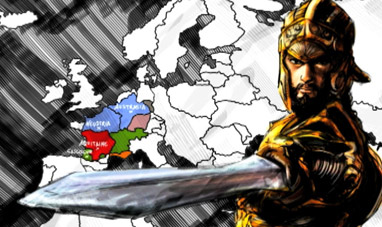

THE BATTLE OF TOURS
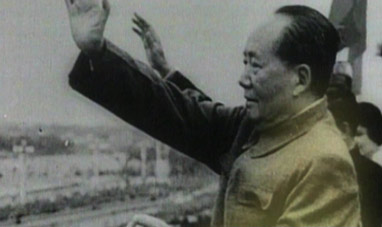

FOUNDING THE PEOPLE'S REPUBLIC OF CHINA
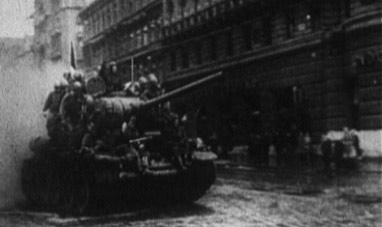

THE HUNGARIAN REVOLUTION OF 1956
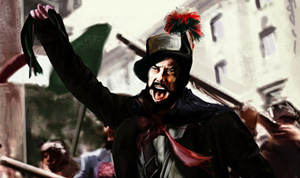

I MOTI DEL '48
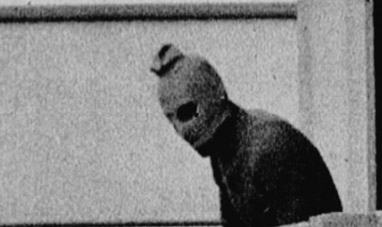

THE MUNICH MASSACRE
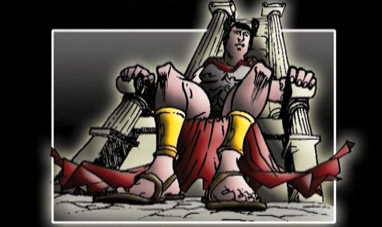

THE EDICT OF MILAN


NATO (NORTH ATLANTIC TREATY ORGANIZATION)
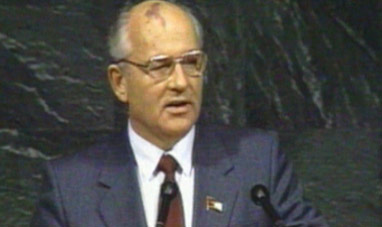

PERESTROIKA
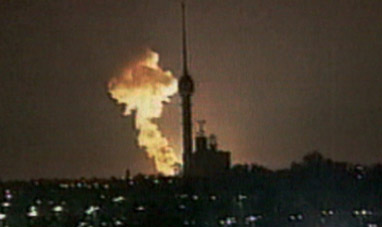

THE FIRST GULF WAR


THE RAPE OF THE SABINE WOMEN
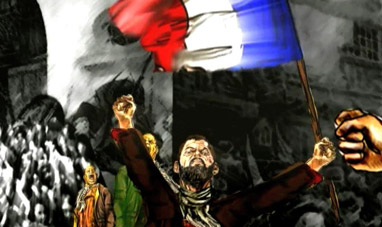

THE FRENCH REVOLUTION
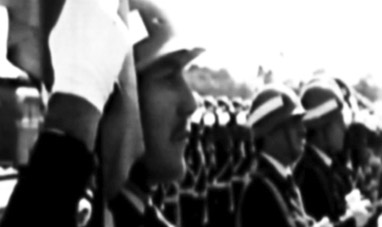

THE ARGENTINE DICTATORSHIP, 1976-1983


THE KOSOVO WAR
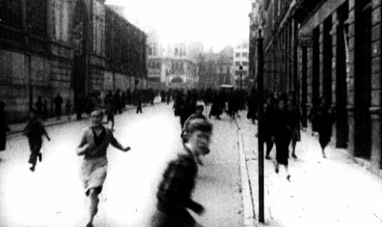

THE SPANISH CIVIL WAR
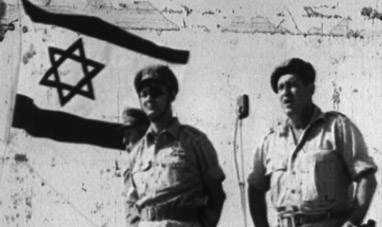

THE SIX DAY WAR
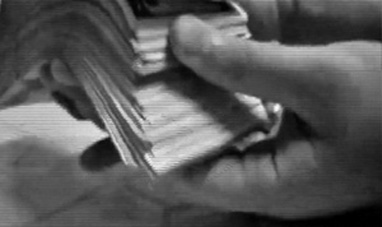

TANGENTOPOLI


DISCOVERY OF AMERICA, THE
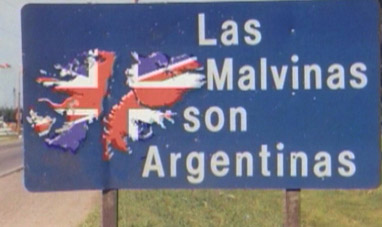

THE FALKLANDS WAR
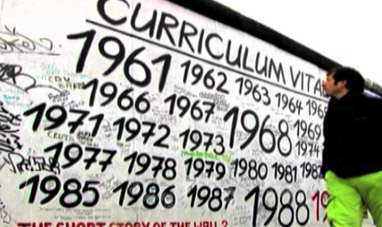

THE FALL OF THE BERLIN WALL
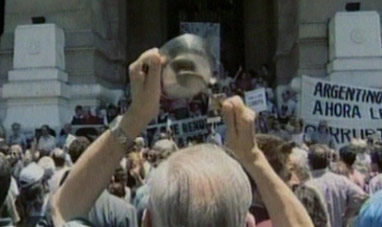

THE 2001 ARGENTINE ECONOMIC CRISIS
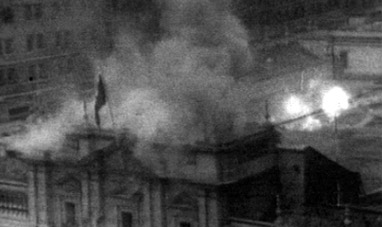

THE 1973 CHILEAN COUP
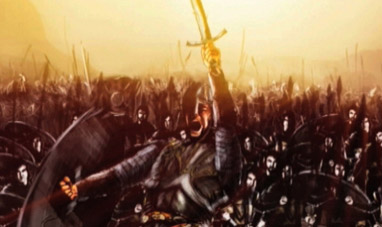

THE BATTLE OF HASTINGS
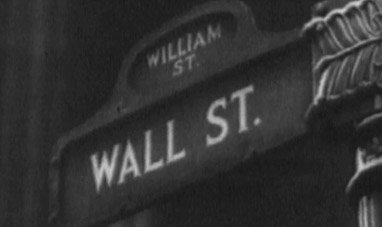

THE WALL STREET CRASH OF 1929
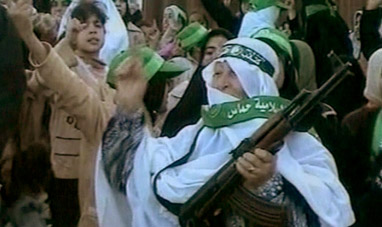

THE FIRST INTIFADA


THE TAIWAN ISSUE


GREAT SCHISM, THE
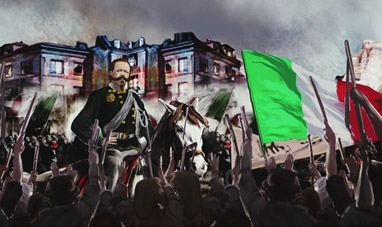

THIRD ITALIAN WAR OF INDEPENDENCE


THE PRAGUE SPRING
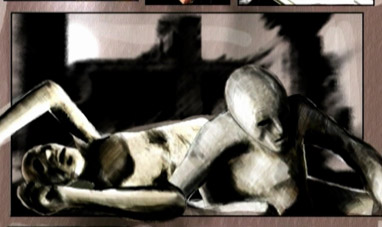

THE DESTRUCTION OF POMPEI
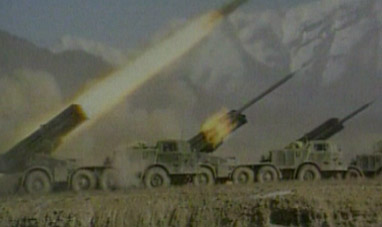

THE SOVIET INVASION OF AFGHANISTAN
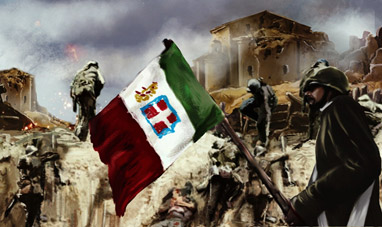

ITALIAN IRREDENTISM
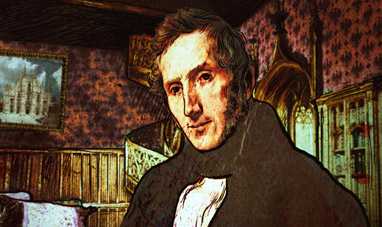

ALESSANDRO MANZONI
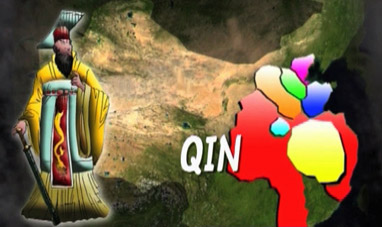

THE FIRST CHINESE EMPEROR AND THE QIN DYNASTY
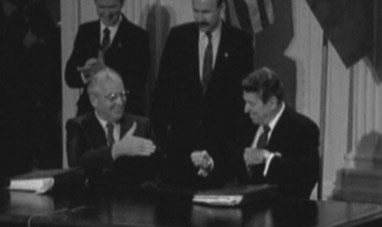

THE COLD WAR
